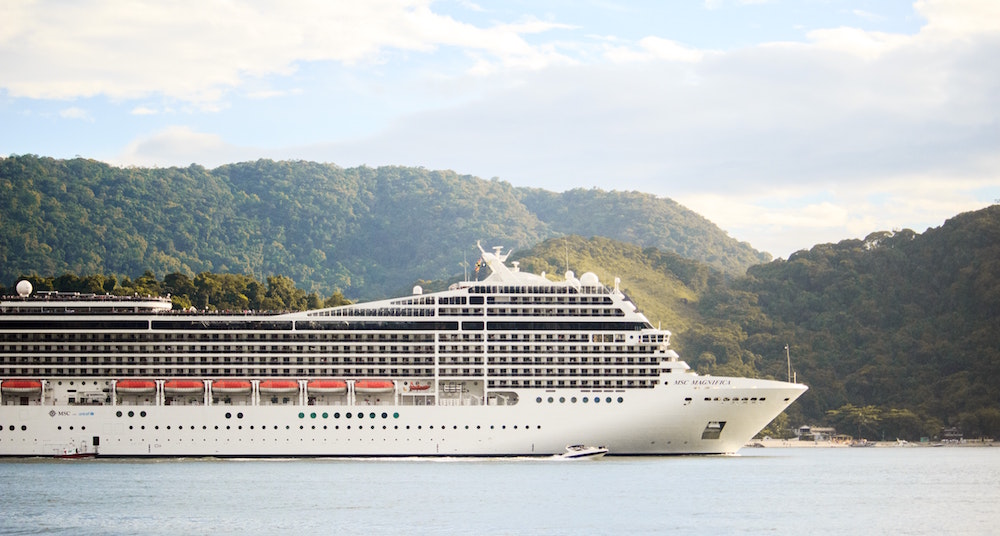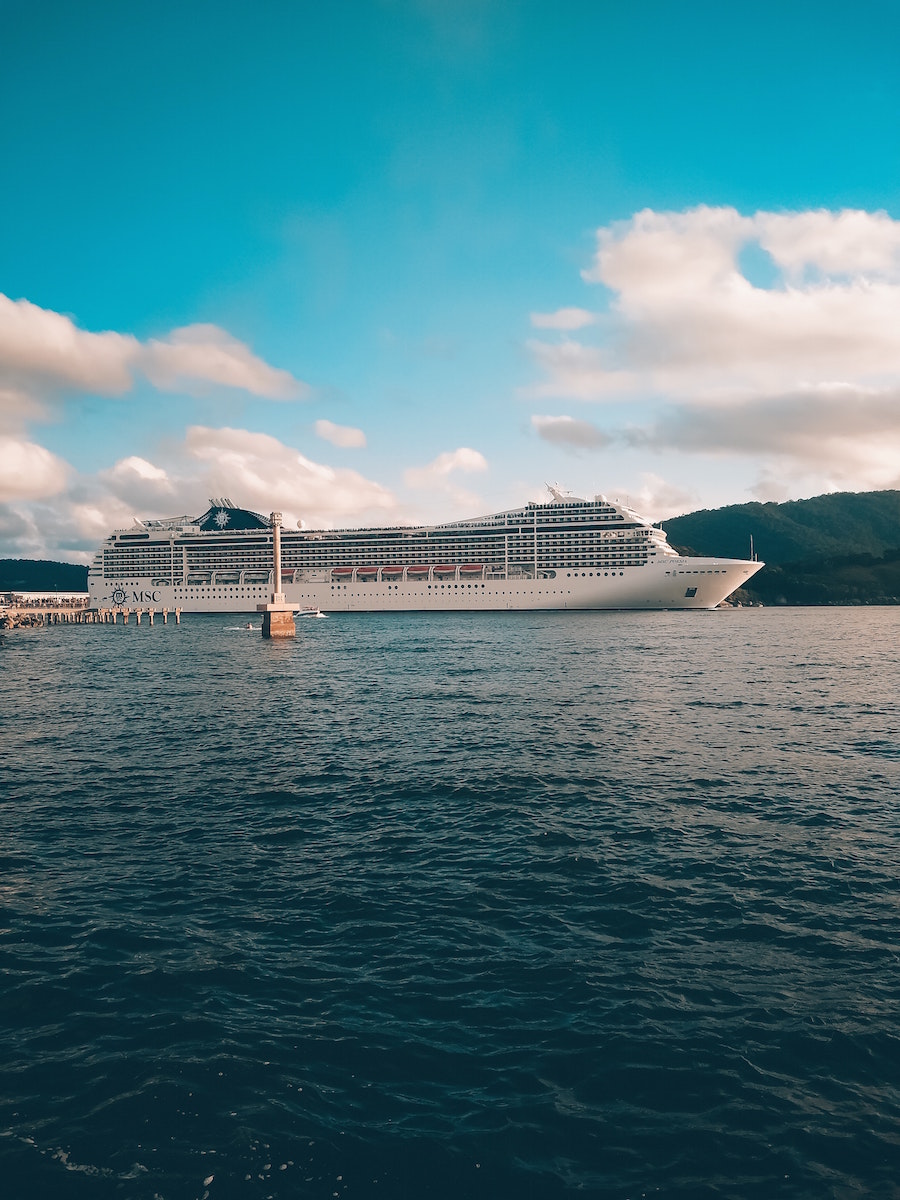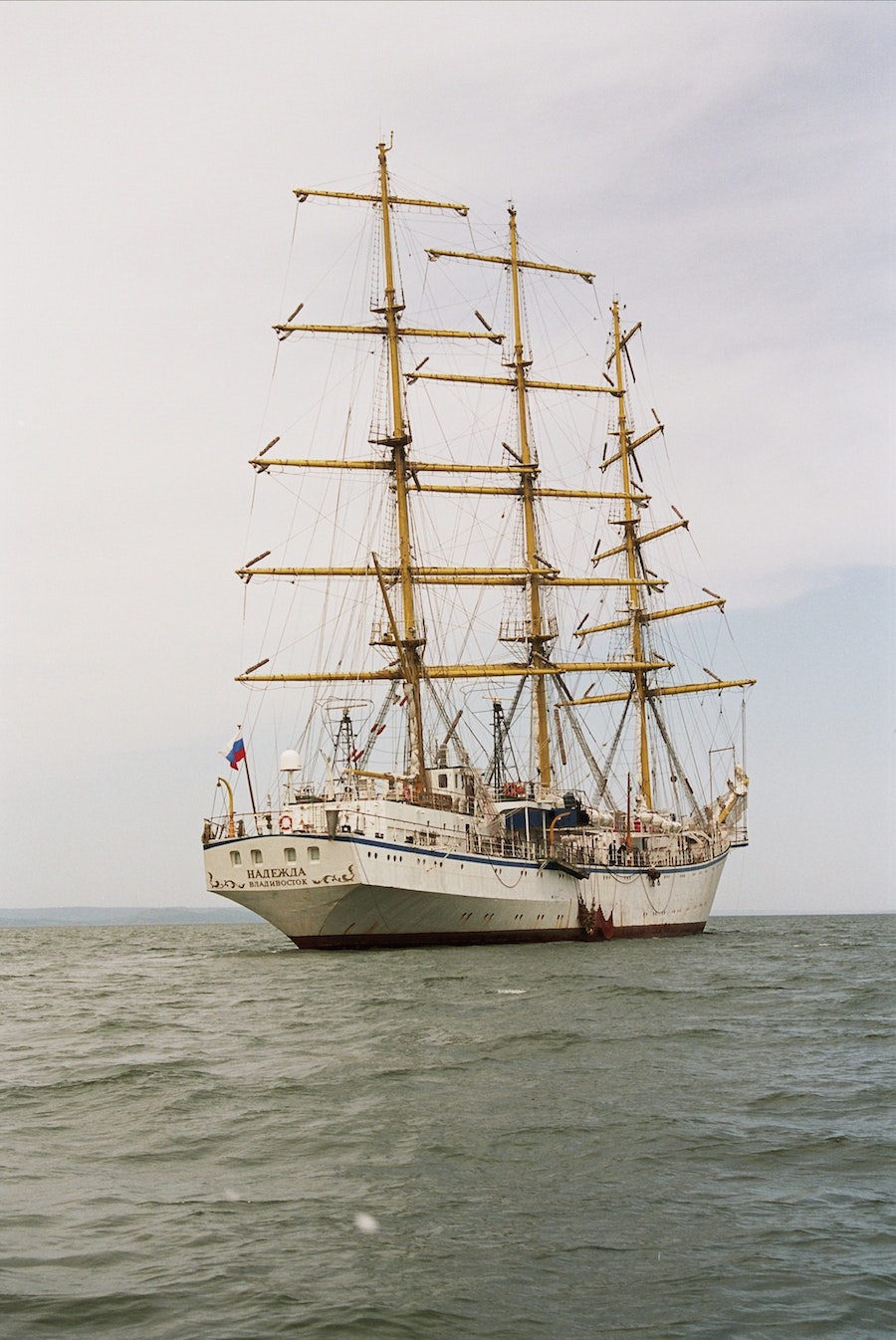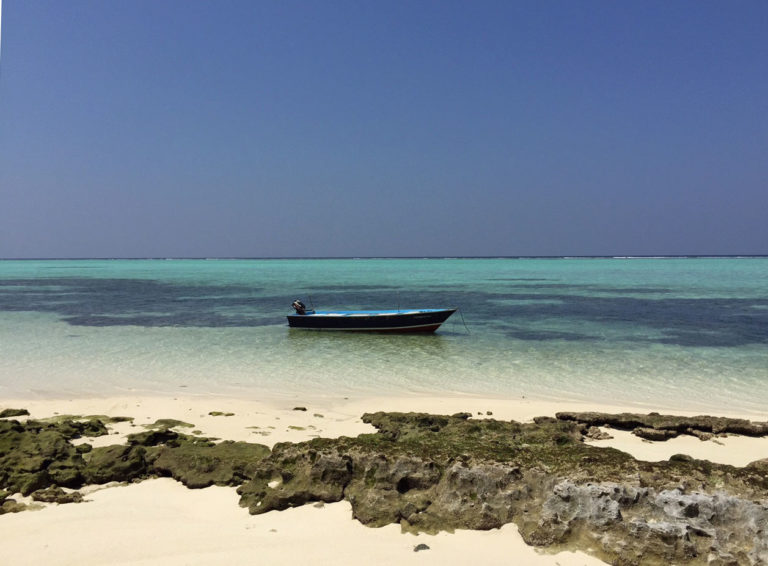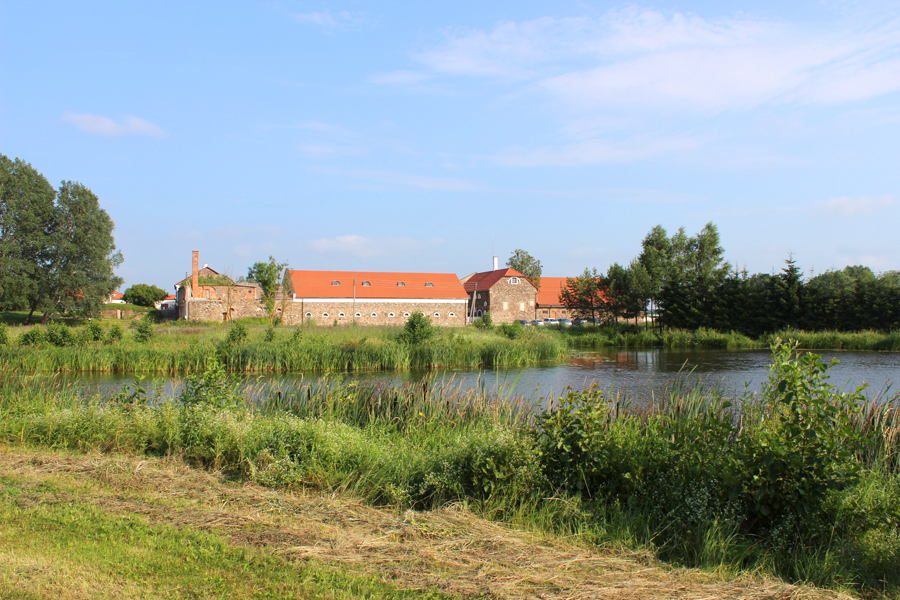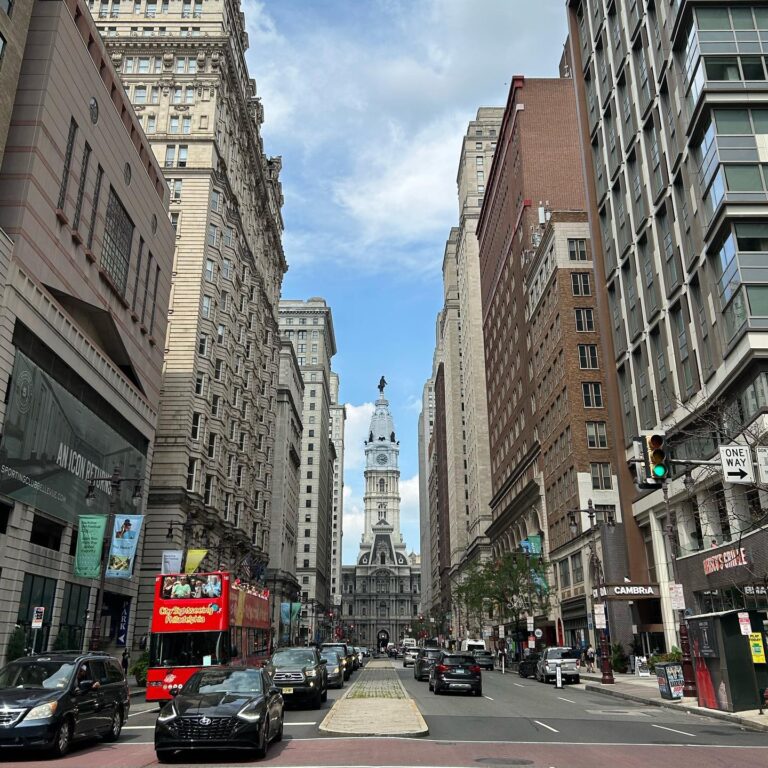Sea Voyages and How They Affect Water Pollution
With rising concern regarding global warming and pollution, people have started noticing the increasing water pollution caused by cruise ships as well. Water pollution is indeed a glaring, man-made issue that has many repercussions. If not halted in a timely fashion, this pollution can cause irreparable damage to our oceans and the marine life contained within them.
Gone are the days where ships would sail away without a care in the vast world. Now, governments and environmental workers all over the world are carefully monitoring every journey made by ships and their effects of water pollution, and for a good reason too, sea voyages are the leading cause of water pollution effects, and unless some strong measures are not taken, we could just end up at the point of no return.
An interesting way in which schools and other institutes are spreading awareness about water pollution effects is by getting students to write a thorough essay on water pollution. These water pollution essays carry significant weightage to ensure that students do their due research and are able to fully understand the issue. However, if you’re unable to write such an essay about pollutions and the damage they cause the earth, you can always get a professional writing service to your essays on water pollution for you.
How Sea Voyages Cause Water Pollution
There are numerous ways in which sea vehicles such as cruise ships cause significant water pollution during sea voyages. We’ve made a list of some of the most common ways in which sea voyages cause pollution, in an effort to better understand water pollution effects.
- Ballast water pollution
- Greywater pollution
- Sewage and blackwater pollution
- Oil Pollution/Oil spills
- Chemical pollution and hazardous waste
A one-week voyage on a large ship is estimated to produce 210,000 gallons of sewage,
a million gallons of greywater
11,550 gallons of sewage sludge and more than 130 gallons of hazardous wastes
25,000 gallons of oily bilge water
Ballast Water Pollution
Ballast water is the large volume of water taken aboard a ship to stabilize it during traveling. It is usually picked up from one location at the beginning of a voyage and dumped at either the destination or somewhere in the middle. The ship is then refilled and made ready for transportation. Ballast water causes large disruptions in the marine ecosystem by transporting small sea animals and creatures from one point to another. They also cause large shifts in pollution as the polluted waters of one area are dumped into another.
Greywater Pollution
A single one-week-long voyage of a large cruise ship is estimated to produce around 1000,000 tonnes of greywater. Greywater is water produced during regular activities onboard a cruise vessel, such as laundry, cleaning, dishes, etc. This water is a major source of pollution that is simply dumped into the oceans. Greywater directly affects the growth of algae and other such marine microorganisms that rob other marine species of vital nutrients and oxygen.
Sewage and Blackwater Pollution
Blackwater is water produced from sewage. As expected, a cruise ship can produce a massive volume of sewage, around 210,000 gallons, to be exact. Other than this, there is also about 11,550 gallons of sewage sludge that is produced and eventually discharged into the ocean, where it wreaks havoc on marine life and the ecosystem.
Oil Pollution
A single cruise ship produces 25,000 gallons of oily bilge water on a one-week voyage. Oil pollution is the main reason for water pollution effects in the ocean. This oily bilge water contains harmful chemicals such as heavy metals and sulfur and cannot be easily broken down by oceanic bacteria and life forms. It, therefore, chokes off marine life and causes mass death and destruction. Oil spills and accidents are another major cause of concern about water pollution caused by sea voyages.
One of the largest oil spills in history, the Atlantic Empress oil spill in July 1979, caused around 88.3 million gallons of crude oil to spill into the Atlantic ocean. The frightening part, though, is that this is not an isolated incident, and such incidents have occurred numerous times before as well. Although the sheer damage caused by this oil spill was because both the colliding ships were oil tankers carrying large volumes of crude oil, even cruise ships that collide and sink cause tonnes of oil to be spilled into the ocean—devastating marine life for centuries to come.
Chemical Pollution
An important factor to take into consideration while studying chemical pollution is that there is no single way in which this type of waste is produced. To be able to control chemical waste, we must analyze all the different ways that lead to the production of high volumes of such chemicals. Before taking significant steps to stop them. Toxic chemicals produced from batteries and other sources on board ships is also dumped into the ocean. This then leads to the poisoning of marine life with heavy metals and other toxic chemicals.
Conclusion
It is imperative for leaders of the world to start focusing on preserving the marine ecosystem again. Although there have been recent advents in that area, most environmental acts are only focused on protecting pollution on land and air. Water pollution effects can be seen in incidents such as the death of most of the world’s coral reefs and the Great Pacific Garbage Patch. If we continue on this path unchecked, then there is no telling of what the repercussions may be. Therefore, to thoroughly understand and counteract water pollution effects, we must analyze the effects of sea activities such as sea voyages that directly lead to largescale water pollution.

